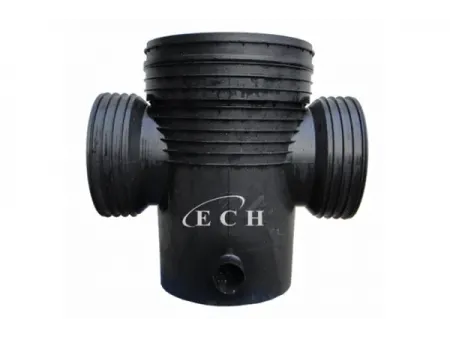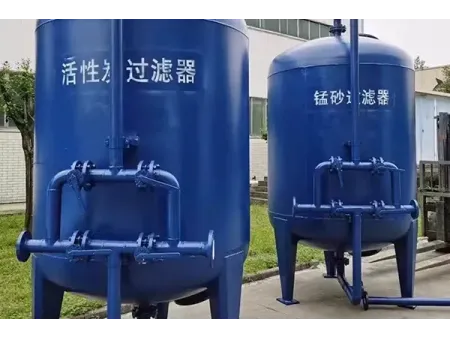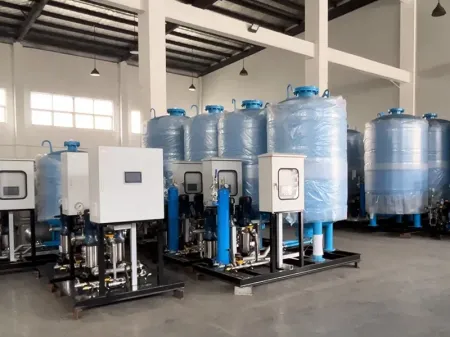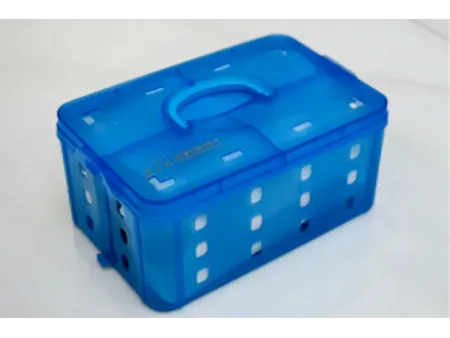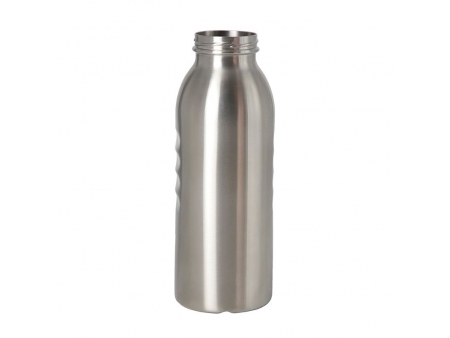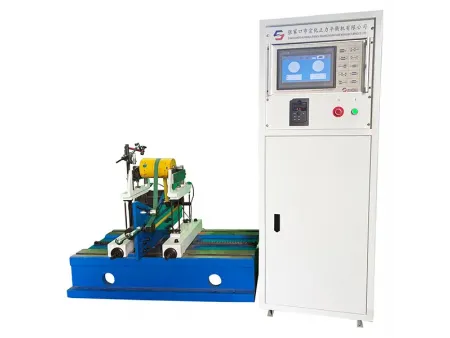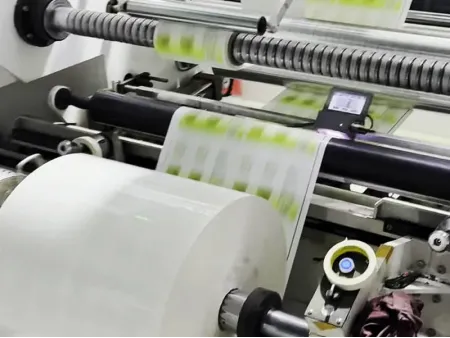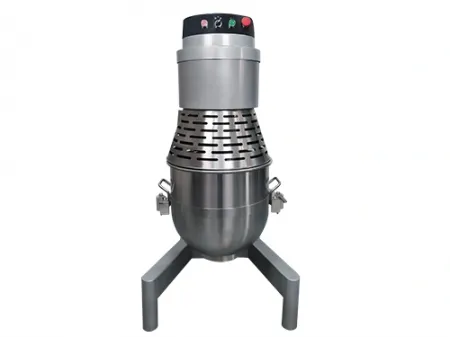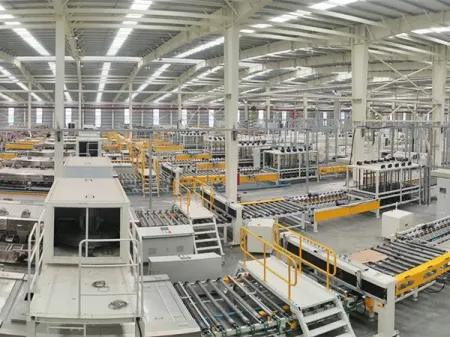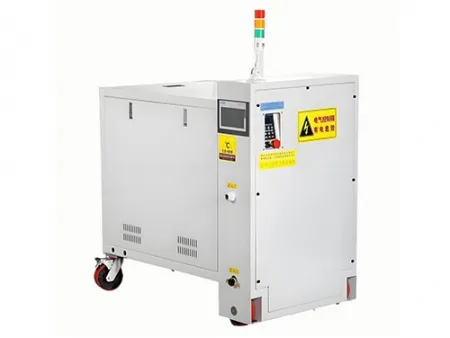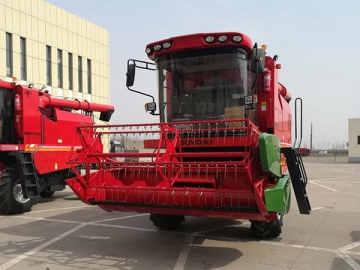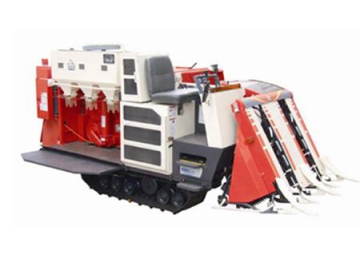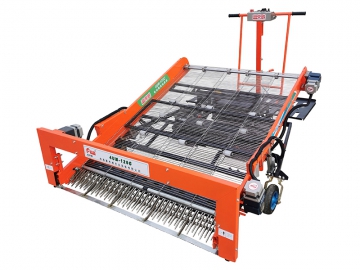Rainwater Harvesting and Reuse
Request a Quote
Rainwater Harvesting and Reuse
- Process flow
The rainwater harvesting process involves first flush diversion, followed by coagulation, filtration using multimedia filters, and disinfection through sodium hypochlorite dosing and UV disinfection systems. This multi-step process ensures the rainwater is clean and safe for reuse - Pre-treatment
Before entering the storage tank, rainwater undergoes sediment separation or coarse filtration to remove larger debris and impurities, ensuring efficient and effective treatment downstream - Storage tank design
Storage tanks and clean water tanks are designed with overflow and ventilation pipes, and include measures to prevent insect contamination. This ensures the stored water remains clean and safe for use - Material considerations
For tanks located under motor vehicle lanes, reinforced concrete is typically used due to its durability and strength. For tanks under non-motor vehicle lanes, lighter PP modules can be used, providing flexibility and ease of installation
Case Study
Rainwater Harvesting and Reuse - Shanghai Flower Expo
At the Shanghai Flower Expo, we installed a rainwater collection system that gathers 50,000 cubic meters from the Fuxing Pavilion roof and 30,000 cubic meters from outdoor areas. The system includes modules with a capacity of 3,400 cubic meters and two purification units treating 50 cubic meters per hour. The reclaimed water is used to irrigate 400,000 m², covering the core flower area, Century Pavilion, and Fuxing Pavilion surroundings.
Related Manufacturies
Leave Message
Similar Manufacturies and Parts
Manufacturer Advertising
More
Similar Manufacturies and Parts
Videos

